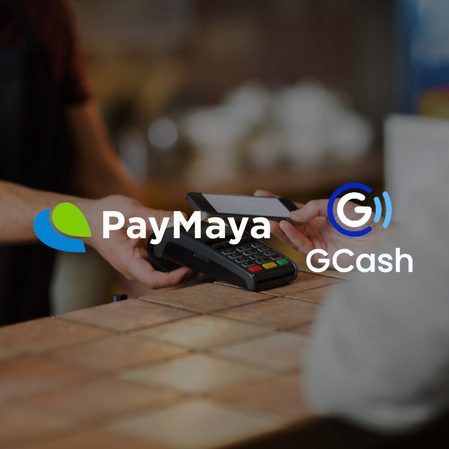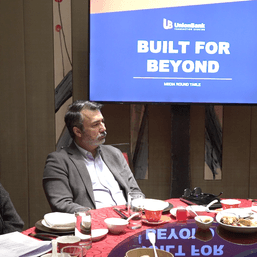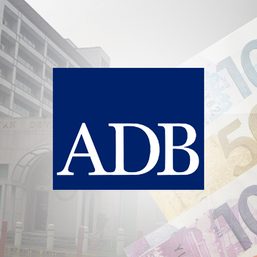SUMMARY
This is AI generated summarization, which may have errors. For context, always refer to the full article.

MANILA, Philippines – Public markets and tricycle drivers in the Philippines joined the digital wave as the government and leading mobile wallet companies rolled out a program encouraging the use of Quick Response or QR codes.
The Paleng-QR PH program encourages palengkes or public markets, and local transportation, to use digital financial transactions. The program is jointly promoted by the Bangko Sentral ng Pilipinas, Department of the Interior and Local Government, and financial service providers.
The use of QR codes benefit microentrepreneurs and tricycle drivers who intend to accept digital payments, as these do not require costly equipment like point-of-sale terminals.

Maya and GCash recently rolled out the Paleng-QR initiative in Bohol.
“Small merchants and Filipino consumers are not only enjoying a hassle-free payment experience for their everyday transactions with Maya QR but also creating a financial footprint that allows them to access more advanced banking services offered by Maya,” said Mar Lazaro, Maya’s head of enterprise business.

GCash, so far, was able to onboard 133 market vendors in Tagbilaran City’s Dao public market, and 155 tricycle drivers.
“We fully support the Paleng-QR initiative of the government because we believe that in order for Filipinos to really adopt cashless transactions, the natural place to introduce this is where they usually spend their money – the wet markets or ‘palengkes.’ We aim to enable more Filipinos to thrive in this digital era,” said GCash chief executive officer Martha Sazon.
A BSP survey found that six in 10 Filipinos reported a change in financial behavior due to the COVID-19 pandemic.
With the onset of COVID-19, 58% of adults indicated that their present financial behavior changed pre-pandemic. Some 17% either started or increased their use of online banking and digital payments. From just 8% in 2019, the percentage of Filipinos with e-money accounts grew more than four times to 36% in 2021. –Rappler.com
Add a comment
How does this make you feel?






There are no comments yet. Add your comment to start the conversation.